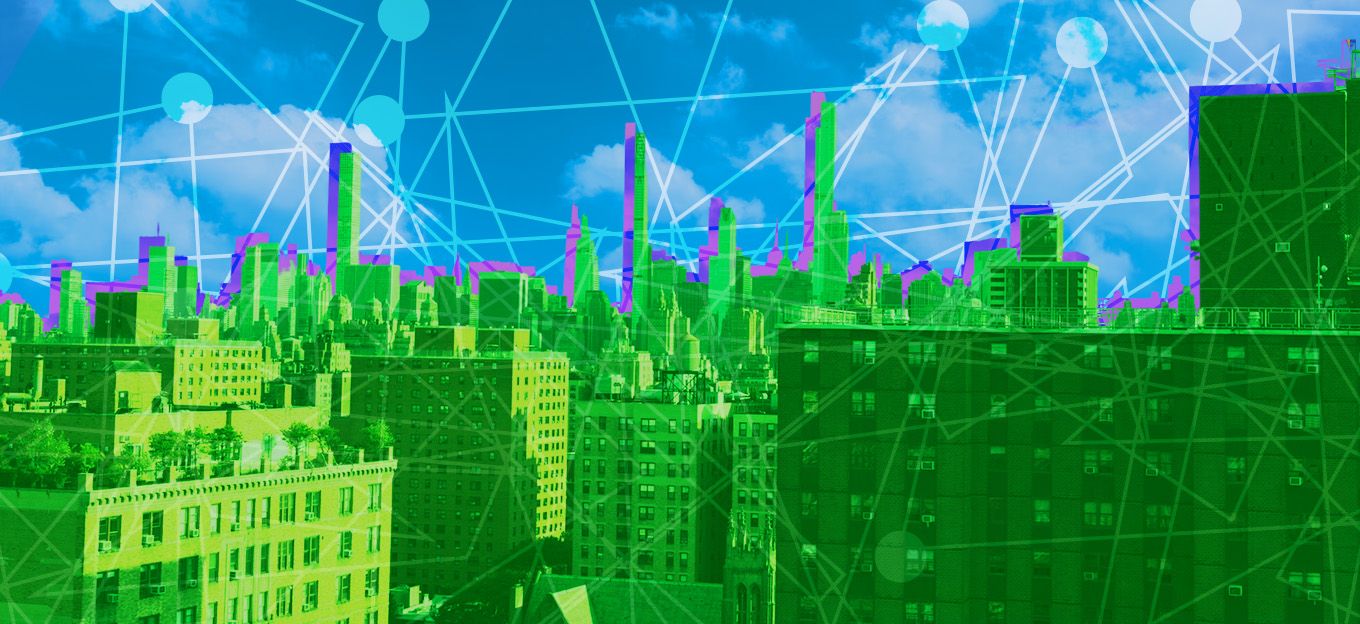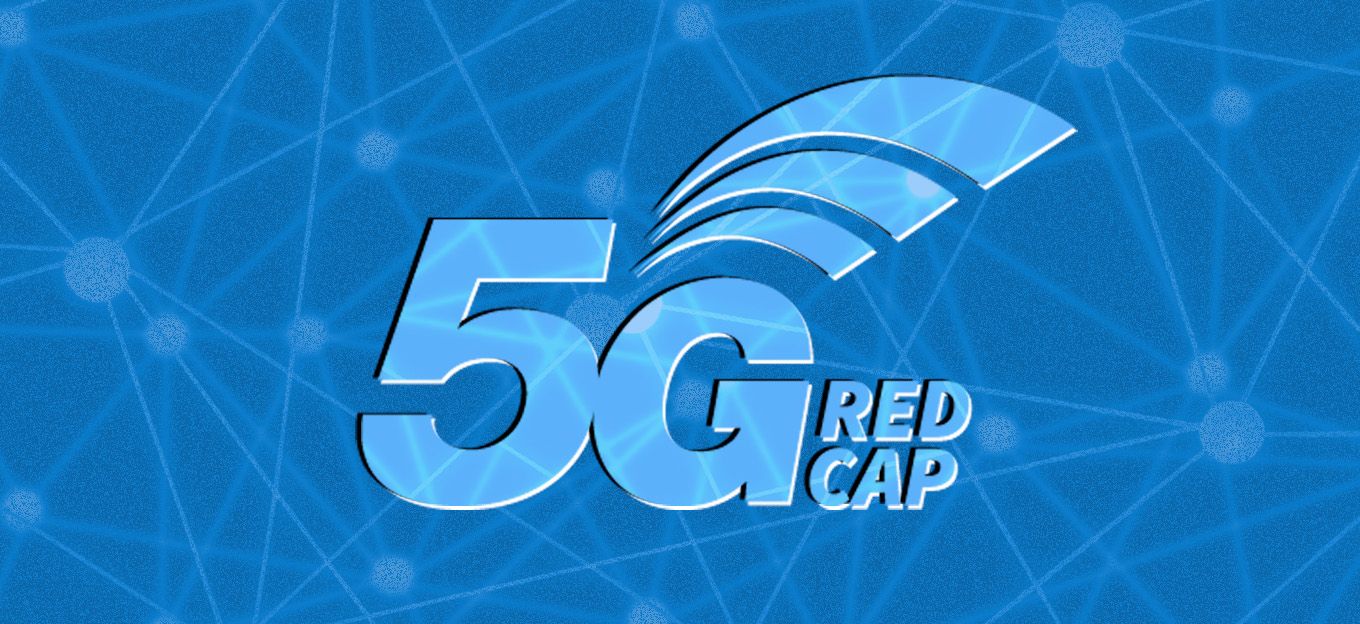Investing in Innovation: The Future of Smart Cities
Investing in Innovation: The Future of Smart Cities
- Last Updated: December 2, 2024
David Ly
- Last Updated: December 2, 2024



The Internet of Things, or IoT, creates a network where smart devices combine their data to communicate inferences, engage in decision-making, and direct actions. Today, continued innovation in the IoT arena coupled with AI technologies is revolutionizing city infrastructures by creating a network of interoperating devices that can automate tasks, perform decision-making autonomously, and assist in a host of tasks at the user’s command.
Now, Smart Cities––those communities effectively deploying this unique blend of technologies––are bubbling up around the globe. According to Deloitte, as urbanization gains speed around the world, many countries have turned to smart city technologies to cope with the challenges in population and resources; this new concept in city development is helping to create more practical futures and enhanced quality of life for citizens.
The concept of a connected smart city is certainly not a new one, with science fiction authors and Hollywood producers dreaming up these scenes throughout the 20th century. But now, as we’re seeing true smart city deployments in countries across the globe, this futuristic fantasy has become our reality. So, what can we expect to happen next?
More Cities Are Getting Smart
Over the past few years, we’ve seen a rapidly increasing number of municipalities around the globe looking to deploy next-generation technologies to improve safety and security for their citizens. But how can a pre-existing city become a smart one? What will you have to rebuild? What’s great about smart city technology is that––when deployed properly––it can be seamlessly worked into existing infrastructure, so there’s never a need to completely rebuild––just reimagine.
For a city to be truly smart, all segments of existing infrastructure––from roads to gas lines, power lines, water lines, street lights, and even things like the air conditioners and automatic doors in our buildings––must have sensors accessible through IoT interconnectivity. In the early development of smart cities, sensors (which could be attached to windows, doors, etc.) would simply trigger alerts to notify registered personnel of movement or a specific change. For example, these physical triggers could indicate things like the temperature in a room being too high, a door left open, a window being closed, or motion in a hallway.
With more recent smart city developments, artificial intelligence capabilities can kick innovation up a few notches. Leveraging existing IoT infrastructure, AI can step in and make sense of these alerts. For example, if the temperature is too high, why should we care, and what should be done to rectify the anomaly? By deploying AI analysis tools capable of not only understanding recorded metrics but also learning from past events and applying that knowledge (through machine learning) to future plans, authorities, and officials can automate a range of essential services to reduce workloads and improve efficiency.
Picture this: instead of building security personnel receiving an alert every time a door opens, the AI is smart enough to recognize patterns and identify abnormalities, cutting through the noise and taking critical alerts to the next level as necessary.
Don’t Just Capture Data––Capitalize on It
Cities can now not only capture actionable data that's already flying around us, but truly act on it, enhancing the quality of life for citizens, creating more intelligent infrastructure, and better protecting the community overall.
One example is traffic intelligence. If city planners know when peak traffic hours are, they can make smarter decisions about when to close roads for construction (ideally when it is least likely to impact the daily lives of residents). Another powerful use case is the deployment of AI and smart city technology to mitigate the damages caused by natural disasters.
For example, countries like the Philippines––which often experience catastrophic flooding during typhoon season––can deploy AI-backed technology to alert the appropriate agencies, enabling them to act before serious damage is caused, and helping to protect both human life and properties.
The Next Generation of Smart Cities
The integration of AI into IoT technologies is revolutionizing how local authorities manage, improve upon, and maintain public infrastructure. And although these technologies have evolved tenfold in recent years, we expect many more changes to come as artificial intelligence and wireless capabilities continue to develop.
Major technological advancements, and specifically the rise of 5G networks, have led to a new kind of smart city: the 5th Generation Smart City. An emerging global wireless standard, 5G enables an enhanced network that is designed to connect virtually everyone and everything together––including machines, objects, and devices––at a rapidly increased speed.
5G has already become the key to the smart cities of today; the best way to support the multitude of devices and sensors needed to achieve true smart city status is through 5G networks. Specifically, 5G can help boost cities’ transformations by providing enhanced services and infrastructure for citizens, improving operations and security, and helping to close the digital divide for developing countries.
As we look towards the future with rapidly evolving technology and the arrival of 6G networks expected in 2030, smart city technology providers must keep their ears to the ground to repel obsolescence and keep solutions in line with the latest and greatest coverage standards.
Smart city technology providers hold the keys to expanding coverage––whether in a 4G, 5G, or, eventually, a 6G network infrastructure. No matter which network systems are connected to, smart city technologies are the foundation of our future world.
Getting Public Buy-In
There’s no denying that there’s a certain level of public skepticism surrounding the involvement of tech companies in day-to-day life, especially data collection. As such, these companies must take on the responsibility of educating citizens on what pieces of data are being collected, exactly how they're being used, and ensuring transparency from top to bottom. All this can be achieved seamlessly with AI-powered technology that can capture and make sense of data that’s already publicly available, leveraging those findings to enhance the quality of our lives.
Moving forward, it will become crucial for local authorities and city planners to find a trusted partner with the right technology to support them in transparent smart city deployments. A strong solutions partner will possess the proven expertise and success metrics from past use cases to communicate clearly and effectively so citizens can understand exactly how these deployments will affect, and ultimately improve, their everyday lives.
As with any AI deployment, it’s important to remember that humanity remains the brains behind the technology; we hold the power to design solutions that work for us. So, whether it’s cutting down on commute time or putting out critical safety alerts, citizens must understand smart city technologies are designed with the overall betterment of society top of mind.
A truly dynamic duo, AI and IoT technologies together are revolutionizing the way we live and work in smart cities, making them more efficient, sustainable, and livable for all.
The Most Comprehensive IoT Newsletter for Enterprises
Showcasing the highest-quality content, resources, news, and insights from the world of the Internet of Things. Subscribe to remain informed and up-to-date.
New Podcast Episode

IoT and AI in 2026
Related Articles





